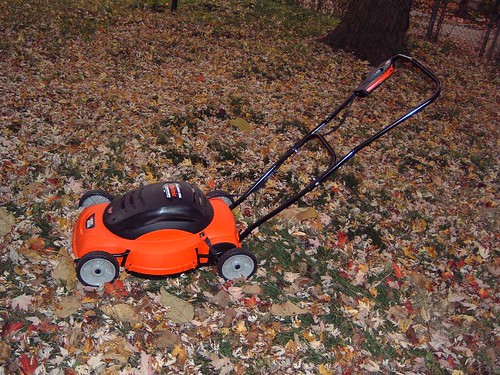TheGardenLady just finished reading Little Heathens by Mildred Armstrong Kalish. I decided to read this book not only because the cover said it was voted One Of The Ten Best Books of the Year by the New York Times Book Review but because TheGardenLady wanted to learn what life was like on an Iowa Farm during the Great Depression. This Garden Lady grew up on a farm, but fortunately it was after that Depression. Still I felt certain that some of the things the author remembered would be similar to the way I had grown up. So here was the opportunity to be nostalgic as I read someone else’s nostalgia.
And there were many similarities. For example, the frugality of life on Mildred’s family farms was just like my family’s. We never wasted anything- just like Mildred’s family, my parents could not afford waste. We never threw out anything. For example, when we had accumulated a pile of ruined or old rags my mother cut them up and crocheted them into floor rugs (see here). We had linoleum on the floors that was easier to clean than carpeting, but when company came, we could put down these hand made rugs to have the house look more decorative. Mildred did not mention anyone in her family making these rag rugs.
Continue reading “Little Heathens: Growing Up on a Farm and Appreciating Tomatoes”










